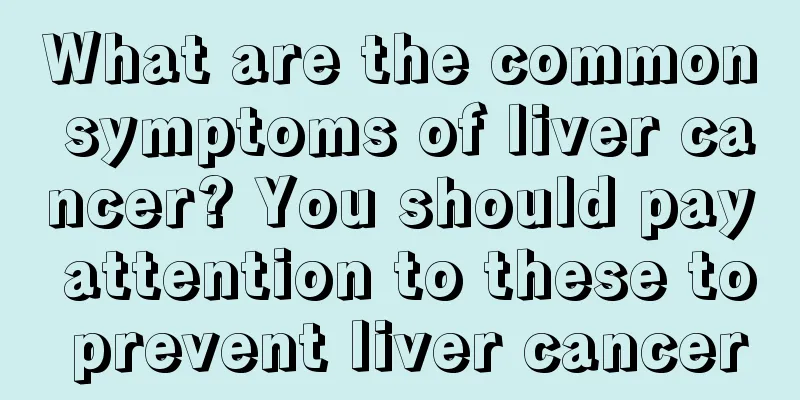How to treat glioma

|
Glioma (glioma of the brain cell) accounts for about 46% of intracranial tumors. It has the highest incidence rate, and the peak age of onset is 30-40 years old, or 10-20 years old. Therefore, once discovered, we must treat it in time. How to treat glioma? Let's take a look at these treatment methods. 1. Surgery The principle is to remove the tumor as much as possible while preserving neurological function. Early stage tumors that are small should be completely removed. For larger tumors located in the frontal lobe or the anterior part of the temporal lobe, lobectomy can be performed to remove the tumor together. Hemispherectomy can also be performed for tumors that involve more than two lobes of the cerebral hemisphere and cause hemiplegia but have not invaded the basal ganglia, thalamus, and the contralateral side. For patients with tumors located in the motor and speech areas without obvious hemiplegia or aphasia, attention should be paid to maintaining neurological function and appropriately removing the tumor to avoid serious sequelae. Decompression surgery under the temporalis muscle or craniectomy can be performed at the same time. Decompression surgery can also be performed only after biopsy. For patients with thalamic tumors compressing and blocking the third ventricle, shunt surgery can be performed, otherwise decompression surgery can also be performed. For ventricular tumors, the brain tissue can be cut from non-important functional areas to enter the ventricles according to their location, and the tumor can be removed as much as possible to relieve ventricular obstruction. Care should be taken to avoid damaging the hypothalamus or brainstem adjacent to the tumor to prevent danger. In addition to small nodular or cystic brainstem tumors that can be removed, shunt surgery can be performed for those with increased intracranial pressure. For patients with critical conditions, dehydration drugs should be given first, and examinations and diagnosis should be performed as soon as possible, followed by surgical treatment. For posterior cranial fossa tumors, ventricular drainage can be performed first, and then surgical treatment can be performed after the condition improves and stabilizes. 2. Radiation therapy The sensitivity of various types of gliomas to radiotherapy varies. It is generally believed that poorly differentiated tumors are more sensitive than well-differentiated ones. Medulloblastoma is the most sensitive to radiotherapy, followed by ependymoblastoma. Glioblastoma multiforme is only moderately sensitive, and astrocytoma, oligodendroglioma, pinealoma, etc. are even worse. For medulloblastoma and ependymoma, because they are easy to spread with cerebrospinal fluid, full spinal canal irradiation should be included. 3. Chemotherapy Highly lipid-soluble chemotherapy drugs that can pass through the blood-brain barrier are suitable for brain gliomas. The drugs selected should still be mainly lipid-soluble. Gliomas can be treated with different treatments depending on the severity of the disease. In addition, you should also maintain a good attitude, because a good attitude is also the key to treating the disease. |
<<: The most common treatment for glioma
>>: How is glioma generally treated?
Recommend
How to determine whether breast cancer patients should preserve their breasts or undergo mastectomy
Breast cancer patients often face the question of...
How to regulate body heat?
Because of the high pressure in life, long-term c...
Why does altitude sickness occur?
Altitude sickness is caused by the gradual decrea...
How to choose a western hospital to treat colorectal cancer
Intestinal cancer is a general term for colon can...
How long after a meal can I smoke
Many male friends are always unable to quit smoki...
What to eat if estrogen level is low
For female friends, estrogen is a very important ...
What do people with teratoma eat for three meals a day
As we all know, teratoma is a kind of tumor cover...
Is inversion of the foot serious?
Clubfoot occurs mostly in infants, and this disea...
Early symptoms and signs of breast cancer
Early symptoms of breast cancer include breast lu...
Why do I feel thirsty when I wake up in the morning?
Feeling thirsty when getting up in the morning is...
What are the dietary taboos for thyroid cancer
Thyroid cancer brings great harm to patients and ...
Will bladder cancer be inherited to the next generation?
Some bladder cancer patients who are planning to ...
Does liver cancer have genetic factors?
Since liver cancer has been diagnosed with a cert...
Effectively prevent prostate cancer, start from these five aspects
Prostate health is very important for men. In rec...
Can people with bladder cancer eat beef?
Bladder cancer patients should eat foods rich in ...









